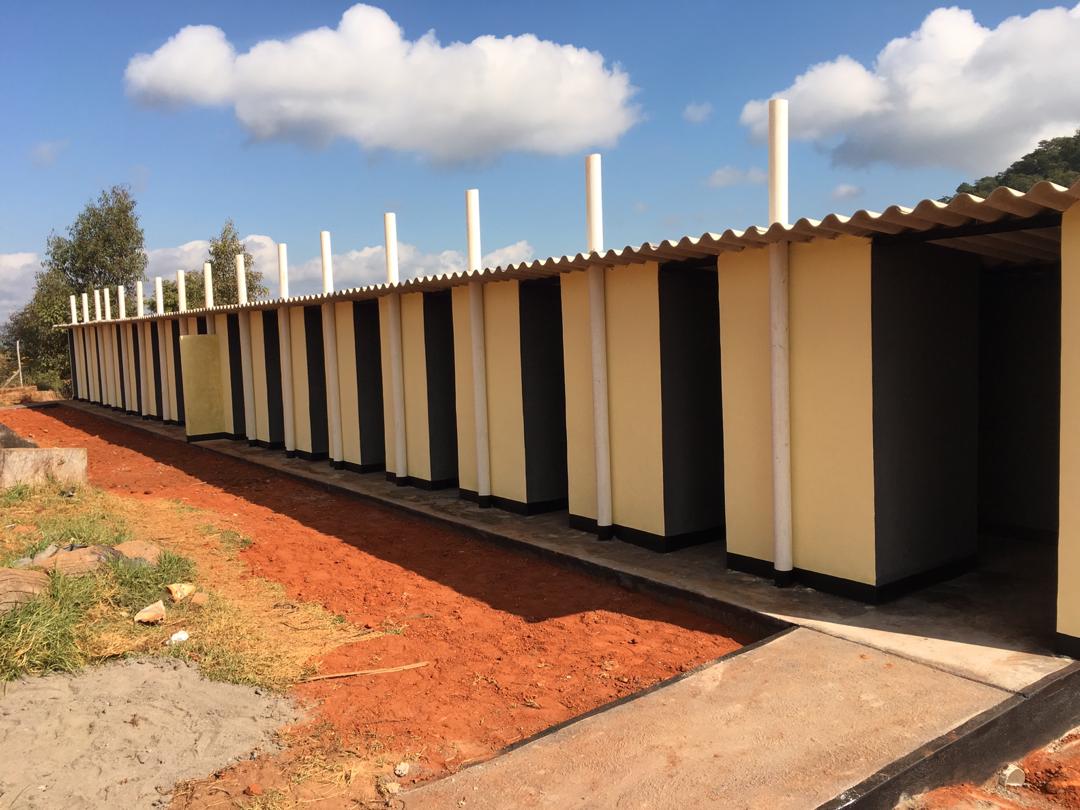
BY SILAS NKALA OVER 4 000 villages across 51 districts are said to have eradicated open defecation after 400 000 pit latrines were constructed, a latest Zimbabwe Vulnerability Assessment Committee (ZimVAC) report has revealed.
The ZimVac 2022 Rural Livelihoods Assessment report was carried out in fulfilment of the Demand-Led Sanitation and Hygiene programme.
ZimVac said the aim of the survey was to assess how far Zimbabwe had gone in eliminating open defecation in a country where 27% of households practise open defecation and 7% use surface water.
“This demand-led sanitation and hygiene approach … has been rolled out in 51 districts at a demonstration scale in at least five targeted wards per district and has seen 4 023 villages being declared open defecation free with over 400 000 latrines constructed from own household efforts,” the ZimVac report read.
The development shows that the majority of people, especially in rural areas, still have no toilets and rely on open bush relief 42 years after independence.
ZimVac also said projects to support agriculture, nutrition, water and sanitation were being implemented in six districts of Matabeleland South except uMzingwane.
It also noted 34% households reported travelling more than 10km to the nearest health facility.
“There are also a number of ongoing projects under construction in different parts of the country which include one provincial hospital, 10 clinics, 10 health posts and 30 that are under procurement, three pharmacy stores and one waiting mothers’ home. In addition, the ministry is also doing outreach programmes in communities that are far away from health facilities.”
- Chamisa under fire over US$120K donation
- Mavhunga puts DeMbare into Chibuku quarterfinals
- Pension funds bet on Cabora Bassa oilfields
- Councils defy govt fire tender directive
Keep Reading
On food security, ZimVac indicated that the Public Service, Labour and Social Welfare ministry undertook joint programme with development partners to reduce chances of double dipping by households.
“In light of the projected 38% food insecurity, the re-targeting exercise will be conducted by the ministry to improve programming. National Development Strategy 1 (NDS1) seeks to improve food self-sufficiency and to retain the regional breadbasket status,” the report read.
“One of the priority areas for the NDS1 is food and nutrition security. The main objective is to increase food self-sufficiency from the current level of 45% to 100% and reduce food insecurity from the 59% recorded in 2019 to less than 10% by 2025.”
- Follow Silas on Twitter @silasnkala










